In a recent interview with Emerging Cricket, Cricket Russia’s CEO Ashwani Chopra argued ‘unless we popularise cricket among native Russians and no longer remain as an expatriate-based cricketing community, Russian cricket will go nowhere.’
‘The Russian cricket team does not want to be taunted as an Indian or Pakistani Second XI and be the butt of jokes on social media,’ he surmised.
Chopra’s binary distinction between ‘expats’ and ‘natives’ is worth unpacking. First, this binary does not accord with the complex realities of identity and belonging in globalised societies. Second, expatriates – call them non-citizens, foreigners, or temporary visa-holders – contribute significantly to the cricket’s growth and development across Associate cricket.
Criticism of the expat’s role in Associate cricket is not totally unwarranted. As Nick Skinner has written previously, there is a kernel of truth to the cynical use of expatriate recruits to boost short-term performances. He cites the examples of ‘Canada replacing home-grown captain Nitish Kumar with South African ring-in Davy Jacobs before he’d even played a game for them, and USA adding Barbados pair Aaron Jones and Hayden Walsh Jr. to their squad mere days after the latter played against them – and controversially ignoring their own selection rules in the process.’
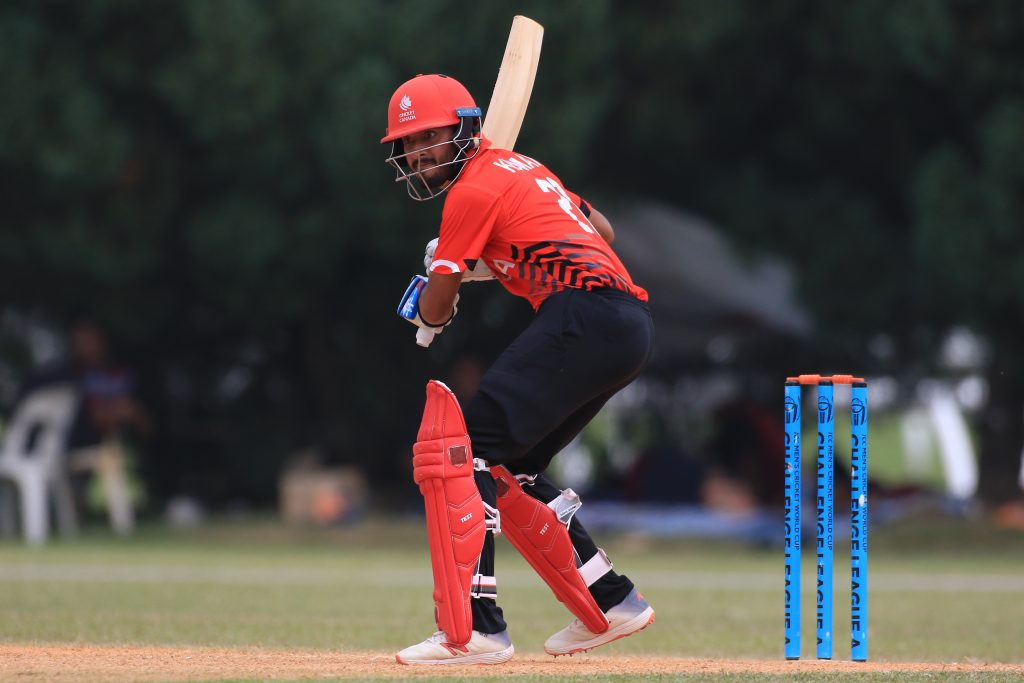
But these are specific circumstances, which do not tell the whole story of the relationship between migration and the globalisation of the sport.
Indeed, there is no one story.
Migration and cricket go hand in hand
If we accept the binary for a minute, history tell us that cricket has always been the sport of the ‘foreigner’ and the not the ‘local’.
The globalisation of cricket has been incontrovertibly tied to the gradual expansion of the British Empire. The ‘expats’ who took the sport to North America, Africa, Asia, the Caribbean, and parts of the Pacific were functionaries of the Empire. They were Britain’s traders, missionaries, naval officers, and the convicts.
People also moved between established colonies, taking the sport with them. Indian labourers and traders in East Africa and Malaysia were amongst the first to play cricket in those countries, creating new clubs, setting up gymkhanas, and even forming the first domestic leagues, as in case of Tanzania. Further afield in the Pacific, British settlers introduced the cricket to Fiji in the late 1800s. But the sport grew on the back of a strong relationship with nearby settler-colony, New Zealand. Bilateral tours between the two countries began as early as 1895.
Cricket established its firmest foothold in Australia, South Africa, New Zealand, the West Indies and India, where colonisation endured for more than two hundred years. In Australia and New Zealand in particular, foreigners colonised and settled the land, and ultimately became the first citizens of new nation-states.
Here, although cricket was introduced by outsiders, their descendants who had since become locals over time, subsequently carried cricket’s baton.
By the time the Empire collapsed, cricket was a well and truly a national obsession in the Indian subcontinent. India had made its Test debut in 1932, and the Partition marked the first season of domestic cricket in Pakistan. In other former colonies, interest waned organically or because the governments of newly independent countries deliberately shunned an unashamedly colonial sport. In some of these places, cricket was kept alive among relatively small and active European or South Asian migrant communities.
In the last three or four decades, cricket has accompanied a new wave of immigration. The sport has spread outward from South Asia. Indians, Pakistanis, Sri Lankans, Bangladeshis, and Afghans have travelled to study, find work, seek safety, or join existing diaspora communities in record numbers. These successive waves of migration have invigorated cricket participation in countries as diverse as the United States of America (USA), Thailand, Qatar, Italy, Norway and Germany.
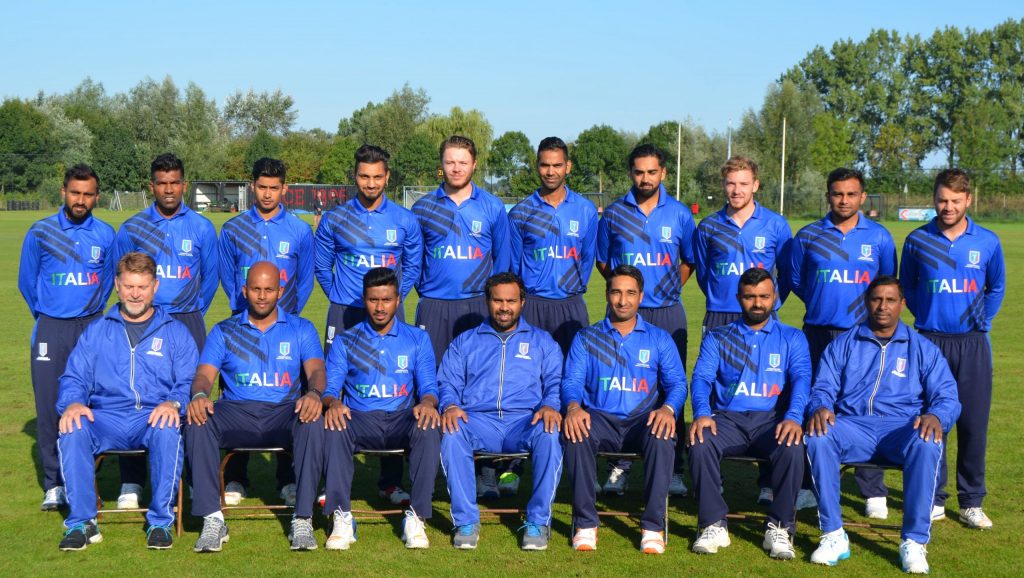
Migrants can be locals, foreigners and everything in between
It is in the context of this latter migratory phenomenon that the racialised cliché of the ‘Indian or Pakistani Second XI’ comes to light.
Yes, new and old migrant communities carrying the game’s presence in countries across the Associate world today generally have links to South Asia. Whether they are ‘foreigners’, ‘locals’ or fall somewhere in between depends on a complex mix of socio-political and historical factors. Let’s explore a few variations.
In some contexts, migrant communities have no pathway to citizenship. When detractors criticise the Gulf teams for showing no interest in ‘homegrown talent,’ they fail to understand the vast majority of players, coaches, administrators, and fans do not have access to citizenship in these states.
Take the situation of Khurram Khan, arguably the UAE’s most successful cricketer. Khan moved to the country from Pakistan in 1999 to work for Emirates Airlines and began representing the national team in the early noughties. In a 2010 interview, Khan was asked how the UAE would cope with new Asian Cricket Council (ACC) regulations requiring ‘local players to be included in age-group sides.’
His response revealed a lot about the challenge of immigration status and national recognition facing the country’s cricketers.
‘I have been living in the UAE for 13 years and still I am considered an expatriate. Lots of the guys who play are born in the UAE but are Pakistani, Bangladeshi or Sri Lankan and they too are still considered to be expats…whereas if I were in Scotland or Ireland it would be different because they have Indians and Pakistanis but they are now Scottish or Irish…we have different regulations and it is the way it is where we are not going to get passports. If I were in any other country, I would’ve gotten a passport.’
Today, Khan is well into retirement, but remains committed to cricket in the Emirates. He began his first term as a national team selector in 2016. And despite holding legendary status in the UAE’s cricketing community, he only remains in the country by virtue of his ongoing employment with Emirates Airlines.
Khan’s compatriot Amjad Ali has not been so fortunate. Ali moved to Dubai in 2003 and has represented the country in more than twenty internationals. Last year, after 16 continuous years living in the Emirates, the all-rounder was forced to return to Pakistan after losing his job with United Bank Limited.
The currrent men’s captain is Ahmed Raza, who has lived in the UAE for his entire life. Despite being born in the emirate of Sharjah, he only holds citizenship of Pakistan, the country of his parents’ birth.
Elsewhere, the very recent influx of Pakistanis and Afghan forced migrants into Germany has seen cricket participation rates in the country soar, the domestic competition make progress, and the quality of the German national team improve. A number of these migrants have now qualified for the German national team. Yet, many are still waiting for their protection claims to be adjudicated. Some will be found not to be refugees and told to return home; others will obtain refugee status and citizenship.
In the short term, Germany’s new cricket boom will continue to exist outside the mainstream consciousness and national sporting architecture, but this may change over time. As I have written elsewhere, ‘many of the country’s biggest cricket clubs are still wholly comprised of South Asian migrants. In the longer run, the game may find its way into the mainstream, as more and more South Asians obtain German citizenship, and if, in coming decades, a critical mass of Germans with South Asian heritage grow up playing cricket in Germany.’
In short, as Germany becomes more South Asian over time, cricket will become a more mainstream sport. And that is just a fact of national immigration policy, demographic transition and cultural evolution over time, not some nefarious plot to enhance Germany’s position in world cricket.
In Russia, Chopra himself is testament to what migrants – regardless of status – who live in a country for a long time can achieve for a country’s cricketing development. Like many South Asians, Chopra moved to Russia in 1990 to study engineering at university. He fell in love with the country. 30 years later he is still there, part of a minority of international students who remained and ultimately became Russian citizens.
During that time, Chopra has arguably done more for Russian cricket than anyone else. He founded the first national and expat leagues, registered the cricket federation with the ICC in 2012, played a key role in setting up the Moscow Cricket Academy and even spent personal income on new cricket grounds.
Whether he considers himself to be a native, and whether others consider him to be a native is both subjective, and immaterial to his achievements for Russian cricket to date.
There are many others like Chopra around the world, from first generation migrants such as Brian Mantle (Germany) and Craig White (Mexico), to more established individuals like Mohideen Kader (Thailand) and Kanak Khimji (Oman).
Going still further back, some migrant communities have resided in countries for generations and are constitutionally recognised within post-colonial states, as is the case with the Tamils in Malaysia or have long been conferred citizenship by parentage, birth, or naturalisation, as is the case with Indian communities in Kenya.
Players such as Suresh Navaratnam, Dinesh Muthuraman, Suhan Alagaratnam, Aasif Karim, and Ravindu Shah are testament to the fact that these communities have long been duly represented in their countries’ national cricket teams.
The line distinguishing the local and the foreigner is more blurred than ever
In today’s globalised environment, a noticeable number of players in Associate cricket have connections, family links, or citizenship in two or more countries.
Ironically, some of these dilemmas of identity and belonging have their roots in the genesis of the nation-state, with unexpected contemporary consequences. For example, the Durand Line marks the border between Afghanistan and Pakistan. When the Line was drawn in 1893, it split ethnic Pashtun territory across both countries. Today Pashtuns continue to live on both sides of this porous border.
After the Soviet invasion of Afghanistan, many refugees crossed this border into Pashtun-majority cities such as Peshawar and Quetta. Afghan refugees learnt cricket in these Pakistani cities. They returned at the turn of the new century to stake their places in the earliest Afghan national teams. Amongst others, Mohammad Nabi, Mohammad Shahzad, and Hamid Hassan all learnt cricket this way.

Although these players are Afghan internationals, each owes his early cricketing education to Pakistan and maintains strong connections with the country. In fact, Shahzad was married in Peshawar, spends most of his time there, and until 2018 was still living in the city as a temporary resident.
Mixed-heritage players or those who qualify to represent a second country by birth have a healthy presence in the contemporary Associate game. Dirk Nannes, Geraint Jones, and Tim David are three high profile players who fall into one or more of these categories.
Jonathan Hill, the current captain of the Philippines national team, is another. Hill was born in Australia, and qualified to play for the country because his mother is Filipino. Hill only made contact with the Philippines Cricket Association (PCA) in 2011 and made his debut for the Philippines after qualifying for a passport in 2012.
He wrote of the aftermath of that correspondence: ‘little did I know that correspondence would begin a journey that would…introduce me to a community of people who are fiercely passionate about cricket, and awaken inside me a deep desire to connect authentically with my Filipino heritage.’
There are also a growing number of third-culture kids with deep-seated connections to multiple countries, and who may not feel a sense of belonging in any single one.
‘My entire life I have always been an outsider’
Anshuman Rath was born in Hong Kong to Indian parents. He spent the first fourteen years of his life in Hong Kong, and then moved to the United Kingdom where he spent seven years as an international student who flourished in junior and Second XI representative cricket. Rath was unable to take up a professional contract with Middlesex because his student visa could not be converted into a residency visa, and Hong Kong’s Associate status meant he did not qualify as an elite sportsperson.
Rath ultimately returned to Hong Kong where he captained the territory to the top of the Associate ladder, dominating many a bowling attack in the process. Having reached the fairly low glass ceiling of Associate cricket, Rath turned his attention to the possibility of a crack at the highest level. Despite not speaking Hindi or having lived in India before, Rath moved to Nagpur where he aims to play in the Ranji Trophy for Vidarbha, be picked up in the IPL auction – as a ‘local uncapped player’ no less – and ultimately make the Indian team.
Rath recently told the Emerging Cricket podcast: ‘My entire life I have always been an outsider. To be born from an Indian household in Hong Kong to then move to England and then come back to India, wherever I’ve gone I’ve always felt like I’ve been looked on as an outsider. It’s just something I’ve gotten used to at the moment.’
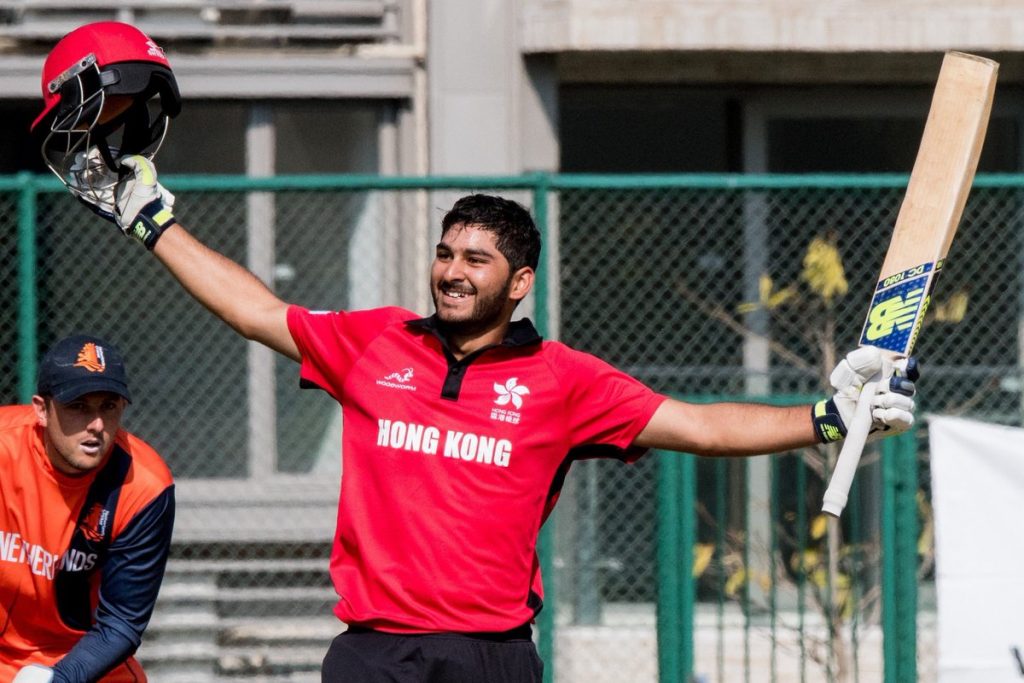
What does all of this mean?
As the examples above demonstrate, legitimate representation and participation in Associate Member cricket teams cannot be understood in terms of a binary between the ‘foreigner’ and the ‘native.’
Cricket has long been a migrant’s sport and remains one today. More importantly, the scale of human mobility and the complexity of immigration policy today mean that people of all heritages, citizenships, visa statuses, and allegiances play and contribute positively to cricket’s development in any one context. Volunteer teams, domestic leagues, boards, and national teams must reflect this reality.
This is not to dismiss the likely instrumentalist thrust of Ashwani Chopra’s point. If more Russian locals do not play cricket, the sport will remain on the fringes of the country’s sporting landscape. It will not be played in public schools, not be broadcast on national television, nor receive the government funding it needs to grow.
Ultimately, as Chopra notes, Olympic recognition for the sport would solve a lot of these problems, as it would be an almost catalyst for significant government investment and public interest. Whether this becomes a reality in the near future depends less on the ICC and more on its richest Full Members.
You’re reading Emerging Cricket — brought to you by a passionate group of volunteers with a vision for cricket to be a truly global sport, and a mission to inspire passion to grow the game.
Be sure to check out our homepage for all the latest news, please subscribe for regular updates, and follow EC on Twitter, Facebook, LinkedIn and YouTube.
Don’t know where to start? Check out our features list, country profiles, and subscribe to our podcast.
Support us from US$2 a month — and get exclusive benefits, by becoming an EC Patron.

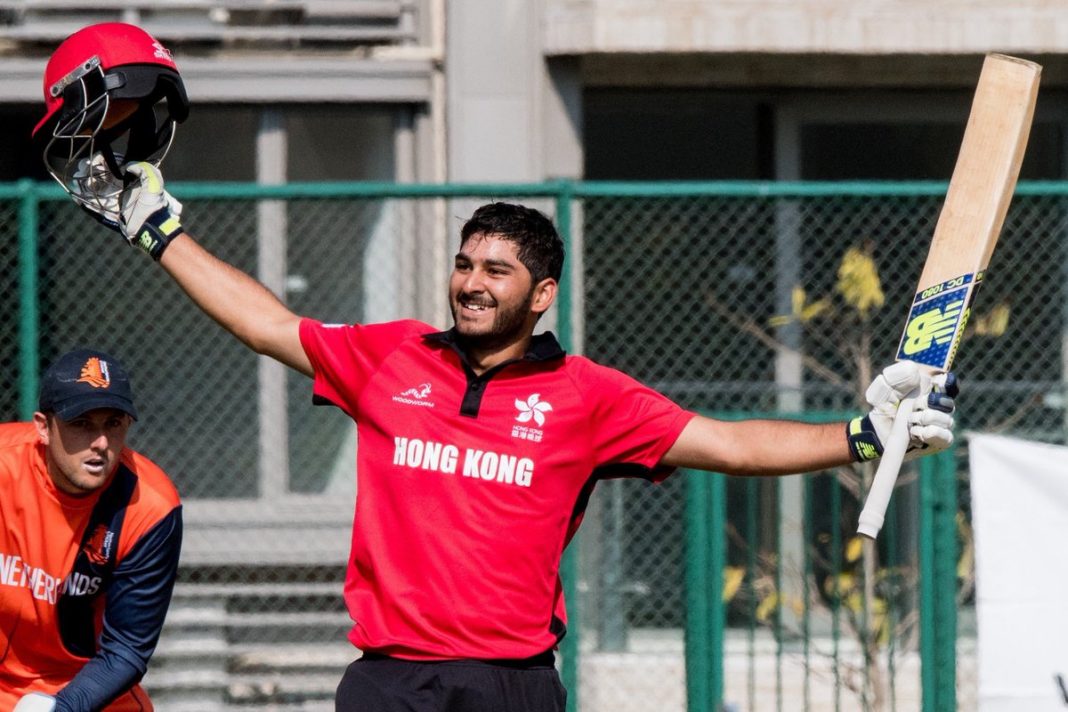



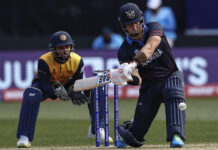


Thank you so much, Nishadh, for this incisive and perceptive article. I’m a Singapore Chinese cricket fan so can really understand the complex issues you expound on. I for one am tired of social media comments disparaging Associate teams – “my Indian school team/grandmother etc” can play better etc etc or “Singapore’s team is Indian 2nd XI etc.” Your essay well highlights the extremely large and miry “middle ground” between foreign and local cricketers and makes a good case for an attitude of inclusiveness without neglecting local grassroots cricket.
Keep up the good work highlighting us Associate nations! Really appreciate your collective good work.